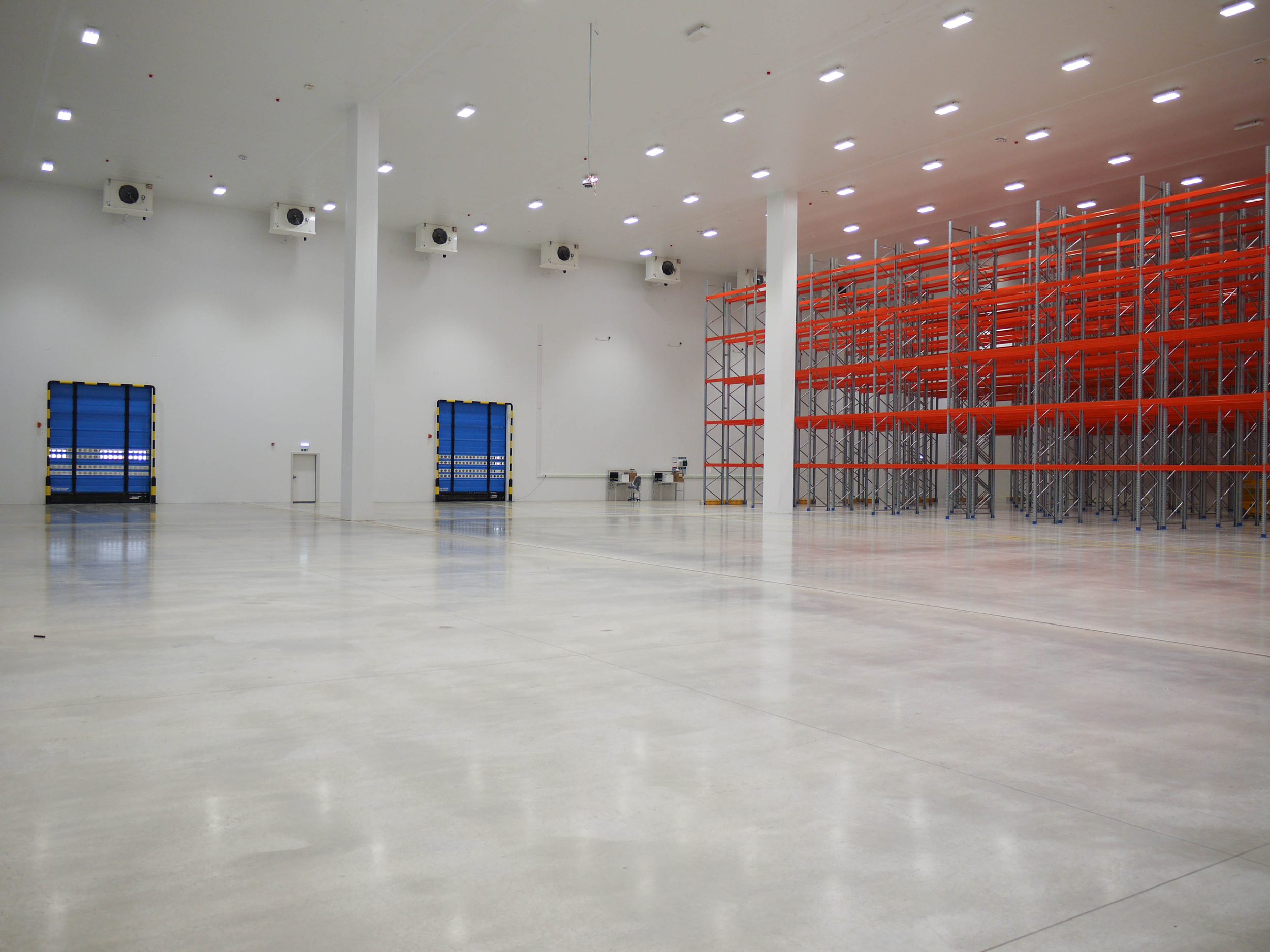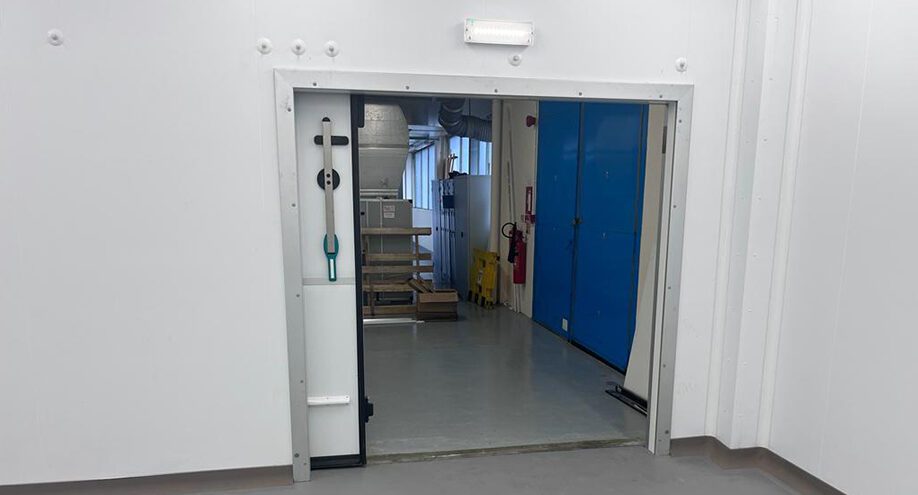Controlled Environments

Controlled Environments & Critical Environments
Controlled environments, also known as critical environments, are areas designed to regulate a specific range of parameters. Products that are produced in a controlled environment are everywhere, whether you realise it not – from the paracetamol you take when you have a headache, to the paint on your bathroom walls – controlled environments are required in the manufacturing of a huge range products.
There are a range of elements that can be regulated within controlled environments, including temperature, humidity, pressure, segregation, and more. The parameters of control are specific to each individual business, industry, and process.
What Defines A Controlled Environment?
Controlled environments are designed to control and measure the internal conditions of a room or area to create conditions optimal for a specific range of processes. They are engineered to regulate the input and output of various factors – these can include:
- Temperature
- Humidity
- Air flow and air cleanliness
- Pressure
- Lighting
- Segregation
All of these elements can be controlled and engineered to meet the specific and bespoke needs of an individual business.
Cold rooms can be considered an example of a controlled environment as they control temperature, and cleanrooms are also controlled environments as they control air cleanliness. However, controlled environments aren’t always required to
What Industries Use Controlled Environments?
Critically controlled environments are used within various sectors and industries, from pharmaceuticals and testing, to food, drink, and agriculture, controlled environments play a key part in testing, processing, and manufacturing products.
Cleanrooms and compounding chambers control the air cleanliness and are commonly used in the processing and manufacturing of pharmaceutical compounds. Controlled environments are also utilised in the hospitals and medical facilities, for example hyperbaric chambers control oxygen levels.
Controlled environments can be used in food and agricultural production to produce the environments required for certain produce to grow. An example of this is indoor growing and vertical farming, which utilises humidity, light, and temperature control to create conditions where specific produce can grow.
Although they can be called different names – test chambers, stability chambers, critical environments, climatic rooms – these all refer to different types of controlled environments. Testing in controlled environments could encompass anything from automotive parts to paint.
If you’re looking for a controlled environment for your business – whether you need temperature, humidity, atmosphere, or pressure control – the MTCSS can design an environment for your individual requirements. Get in touch with our team to discuss your project, or request a quote, by calling us on 01886 833381, emailing us at sales@mtcss.co.uk, or fill in an enquiry form here!
Frequently Asked Questions
They can also be used to gather information about the effectiveness of certain environmental conditions, which is useful for industries that rely on controlled parameters and industry regulations – for example, the pharmaceutical industry!p>
There are various different types of controlled environments, and with that comes various elements that can be controlled.
Such elements that can be controlled in an environment include; the atmosphere, temperature, humidity, cleanliness and segregation – however, it’s worth noting that this isn’t a definitive list!
Some of the most common examples of controlled environments include:
A laboratory
A greenhouse (can be atmospherically controlled, depending on the set up)
Temperature-controlled rooms
Cleanrooms
If you have any questions regarding controlled environments, our experts would be more than happy to answer any questions you may have!
The main difference between a cleanroom and a controlled environment are the required classifications.
Cleanrooms in the UK must be classified to an ISO standard (the number of particles per cubic meter of air) to achieve a high level of cleanliness.
Whereas controlled environments simply require control over specific factors to help regulate the manufacturing and testing of products – so overall they generally require less stringent conditions than a cleanroom!
You can learn more about the differences between a cleanroom and a controlled environment in our blog
The ICH guidelines (International Council for Harmonisation of Technical Requirements for Registration of Pharmaceuticals for Human Use) are set out by The European Medicines Agency and are divided into four categories – Quality, Safety, Efficacy and Multidisciplinary.
Quality – a more flexible approach to quality based on Good Manufacturing Practice (GMP)
Safety – A comprehensive set of guidelines to uncover potential risks in testing
Efficacy – The design, conduct, safety and reporting of clinical trials
Multidisciplinary – Topics that don’t uniquely fit into one of the above categories
In short, the ICH guidelines aim to provide uniform standards for pharmaceuticals for human use. Contact our team for more information
Related Projects


